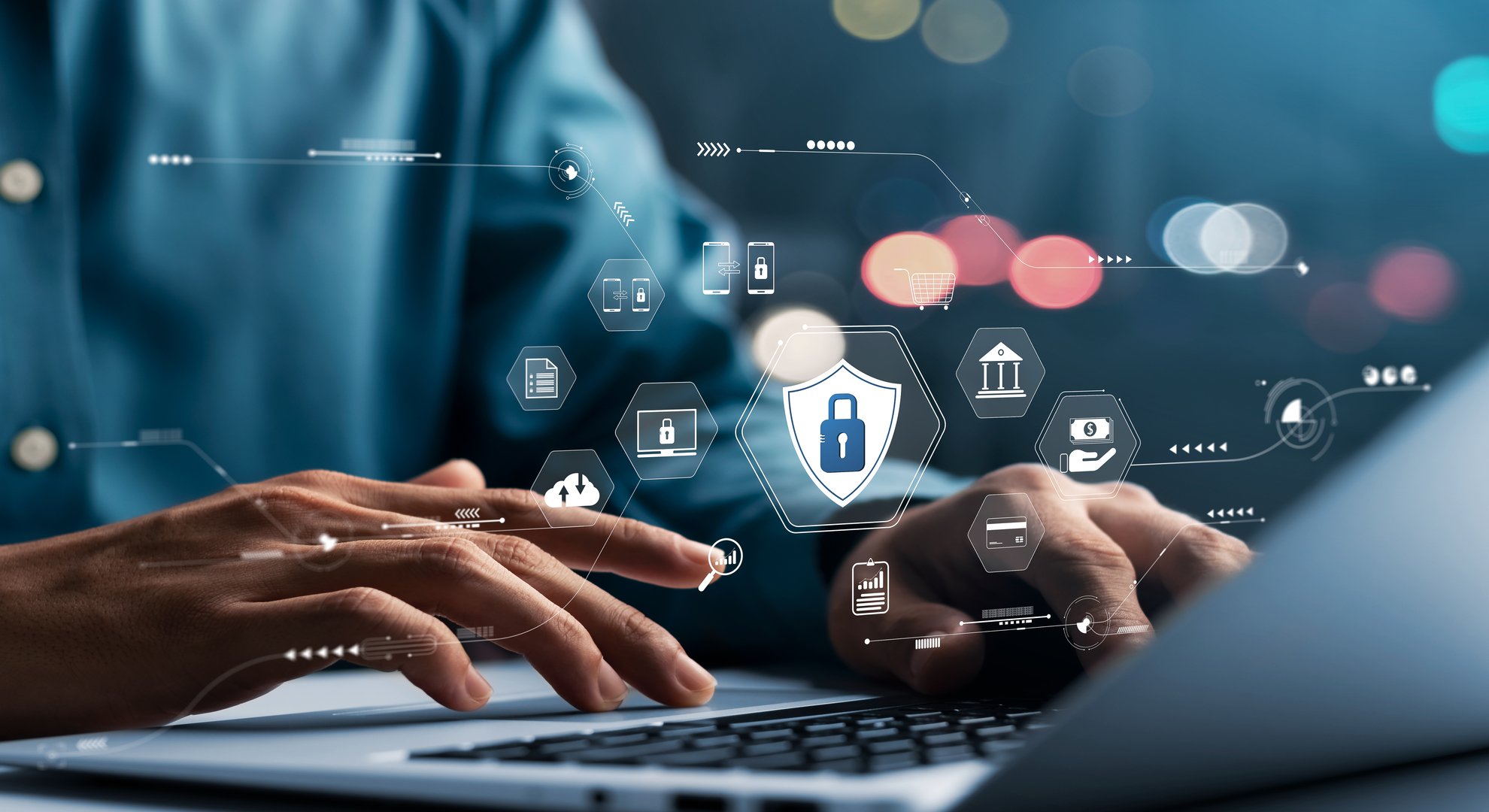
03 Nov Cybersecurity in an age of globalisation and hyper-digitalisation
The more technology develops, the more benefits we can enjoy in our everyday lives thanks to the digital transition, from the simplest to the most exciting and ambitious. Globalisation has driven these advances, ensuring the benefits aren’t limited to just one tiny part of the world, but can be enjoyed by everyone. But, as usual, as the headlines focus on the endless possibilities, we’re in danger of ignoring a key aspect of digitalisation: cybersecurity.
Cybersecurity threats are global
At the start of the technological revolution, it was fairly easy to detect digital security threats and limit their effects, as data processing centres were few and far between and, generally, could all be found on university campuses, run by governments, part of military and intelligence networks, and so on. Today, however, we’re all constantly churning out vast amounts of data, on both a personal and professional basis. This information then circulates as part of highly-interconnected Internet and Cloud structures all over the world, which is what has turned information and data into the most valuable raw material of the 21st century.
In fact, international conflicts and war are now just one aspect of the threats we face. Global attacks now typically involve information, technology, the digital economy, etc. And while artificial intelligence has developed, making it possible to detect cybersecurity threats faster and more accurately than ever before, it’s also provided cybercriminal gangs with the tools they need to be more difficult to detect, as they operate in smaller and more effective groups.
Digitalisation and the most common cybersecurity threats
According to a recent report by Check Point Software Technologies, there has been an 8% rise in global cybersecurity attacks week on week in the second quarter of this year alone. Some are recurrent problems, others are brand new.
Identity theft driven by AI.
The development of artificial intelligence has allowed criminals to perfect deepfake techniques that make phishing scams much more difficult to detect by cybersecurity experts, whether in written texts, audio clips, images or videos.
Our old friend ransomware.
AI has also played a big role in refining “brute force” attacks designed to decrypt passwords, as well as an old cybersecurity classic, ransomware, which remains a highly effective tool in the digital criminal’s arsenal. Widespread use of USB storage devices has provided an ideal gateway for this type of malicious software.
Phishing remains a threat.
Phishing, especially via email, is another favoured technique of cyber criminals. Following the push for companies to adopt digital practices and be available to their customers online around the clock, as well as the standardisation of email in virtually all interactions nowadays – in both professional and personal settings – online communication can be both a help and a hindrance.
How to improve cybersecurity in a digital world
Despite the fact we have much better technologies at our fingertips nowadays, and that it’s often unwitting friends’ of friends who put us in danger online, many of the cybersecurity techniques and strategies that were effective years, even decades ago are still valid today.
Always be suspicious and use alternative means of contact.
If you haven’t heard from a family member for a very long time who suddenly gets in touch by messaging or emailing you asking for sensitive information – or even outright asking for money – be suspicious and try to contact them directly by another means to confirm they really are who they say they are. The same goes for banks and insurance companies. They will never contact you asking for passwords or personal information.
Be selective with what you share and what you connect to.
As a rule, only plug your USB devices into computers, tablets or mobile phones that you can fully trust and be certain are safe. Similarly, only accept files, documents and resources via email, from the cloud or external devices if you know and trust the source.
Use cybersecurity software.
There are many products available to keep you safe online, such as antivirus software, plug-ins to prevent tracking while you browse the Internet, encrypted password managers, IP blockers or masks – although these must be used with caution, as they are illegal in some countries – and, generally speaking, any tool that can offer an extra layer of protection when it comes to your personal data.
But aside from all the above, the best advice is to simply use your common sense and be aware of the sensitive information you’re making available to others in your everyday life to avoid being caught out.

